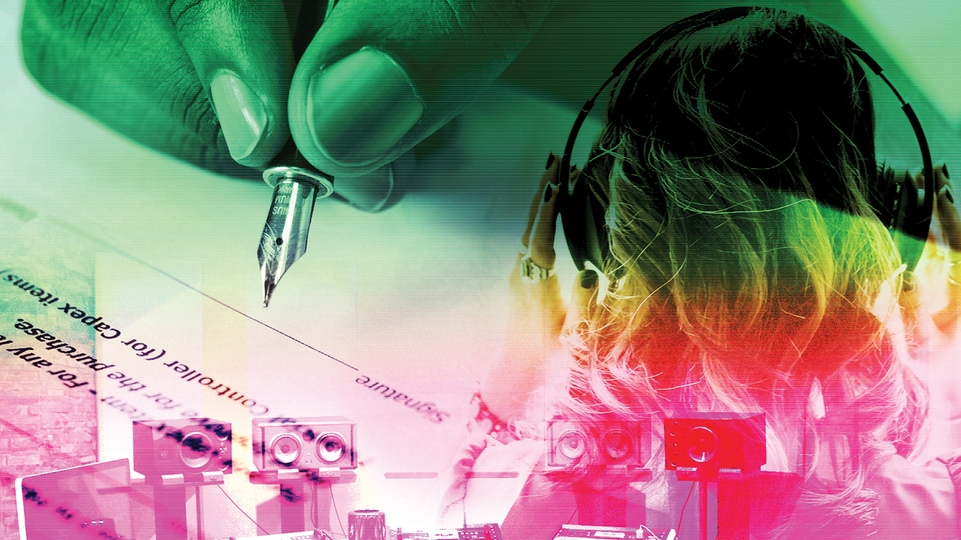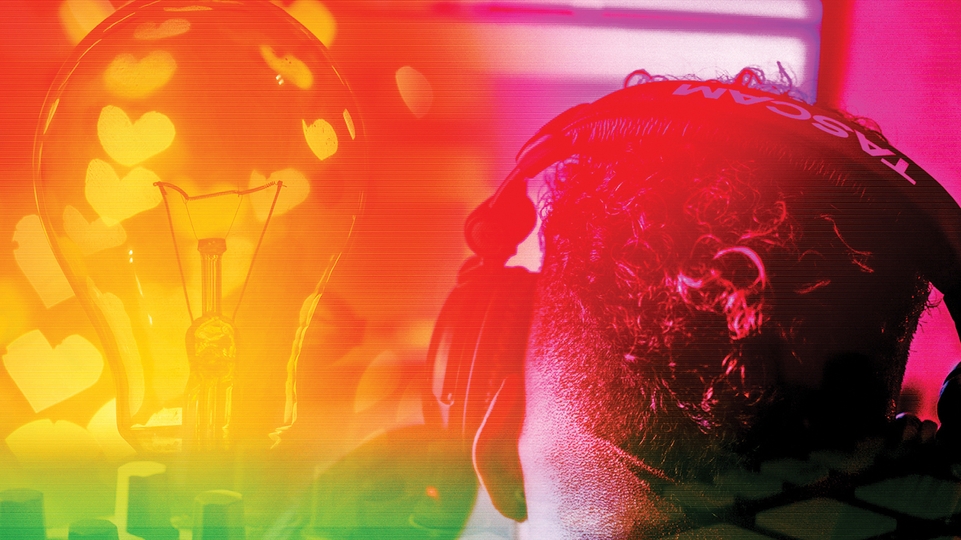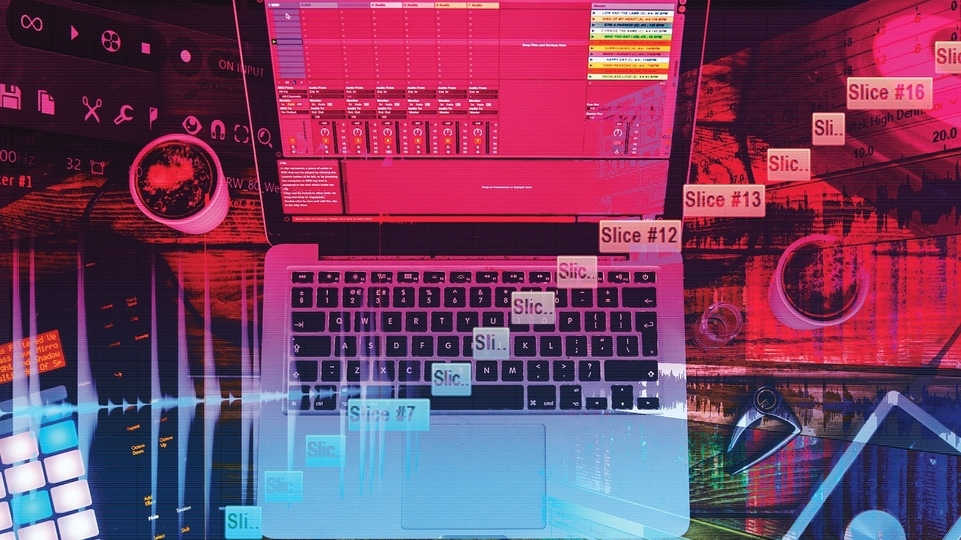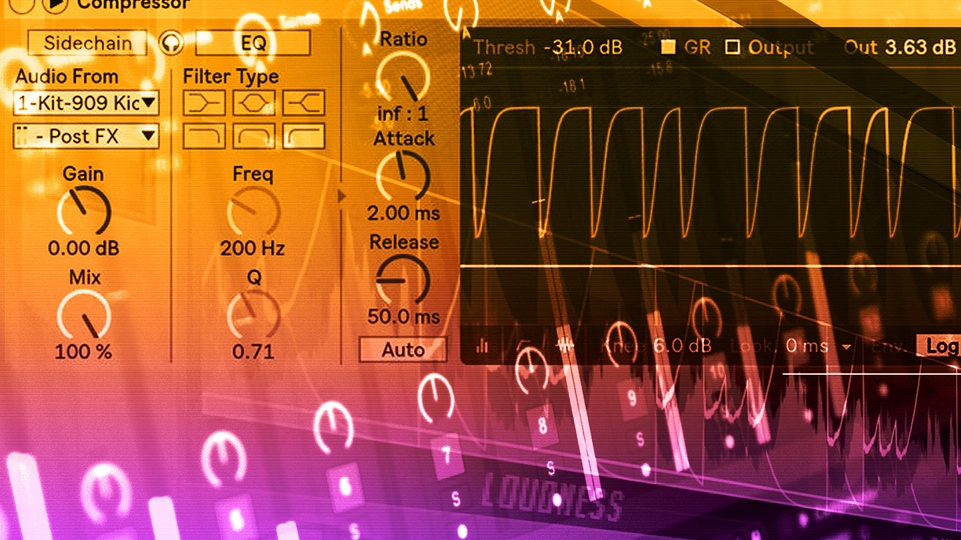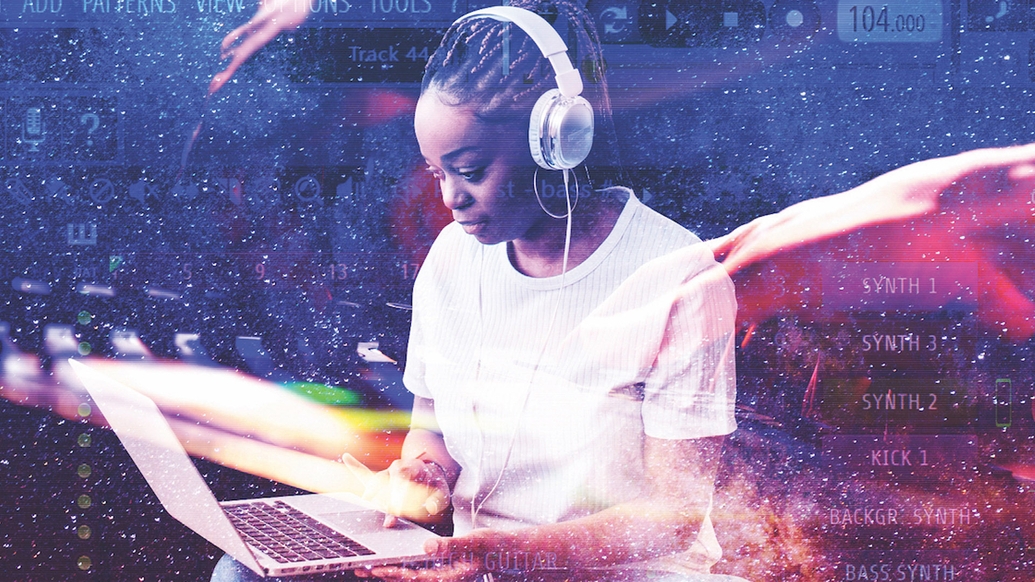
Beginner’s Guide: Making your music sound more human
In her latest column, E.M.M.A. looks at those all-important techniques for making your music more human
Listen to anyone who was making electronic tunes in the old days (1998) and you’ll often hear how much of a faff it was. “Analogue board” this, “out of tune synth” that, “Mick had to headbutt a canoe to make the top end of the kick drum,” etc.
Nowadays, we can fire up the laptop and make a hit in the same time it takes to poach an egg. Five clicks of the mouse, and you’ve got tech house. As enticing as that is, it can quickly become quite a boring workflow. Opting for a more tactical, live approach to recording and mixing your track is not only more fun to do, it also breathes life into the music for listeners.
Once you’ve Googled ‘swing’ and ‘groove’, read on for some more useful tips to add feeling and movement to your tracks.
Hands-on automation
“What people don’t always appreciate is how much of the ‘analogue’ sound is really just by-hand automation, rather than just drawing geometric angles in Ableton” says artist Andrew Cowan, via Instagram.
Paul Piwowarski, Electro Mag Recording, agrees. “To have physical faders, knobs and buttons assigned to a MIDI controller that control the parameters of a certain EQ, effect or even just panning and volume, can truly be the source of human feel and most importantly, inspiration in a song.”
If you don’t have a MIDI controller, “you can physically record automation on volume, like performing with a mouse, with a delay on the end of the chain” adds UK-based musician Lecu.
With fewer gigs and live shows about, it seems more important than ever to add some performance magic to our creative process. Musician Hazel Mills, who is also a pianist and sings backing vocals for Florence and The Machine, records effects as though it’s a live performance, and says using hardware effects is often more satisfying. With this approach, “you have to think of and feel how it comes across there and then. If it’s the odd ride or swell, then partial takes are just as effective."
"I play VST synths in via MIDI, quantise and then spend time moving notes, changing velocity and adjusting the lengths so they become more natural"
Record space
One time, an artist named Iglew and I recorded our track off laptop speakers in a stairwell and layered it over the final mix to add ethereal space. Musician Morten HD also records the room to add depth. “Sometimes I solo a track, play it back on my laptop speakers in my living room, windows open if weather allows, then record it directly into Logic. The recording sounds shit, but layered with the original in the right way adds depth and unpredictability.”
The Dorito Snare
Producer Thinnen layers natural sounds over synthetic kicks or claps to add a human feel. Inventor of the Dorito Snare, he’s used “finger clicks, a bowl of Doritos and throwing a drumstick on the kitchen floor all chopped up and programmed in Ableton Live.”
“If I can't record anything, I'll program some rhythms, and sometimes miss out a note or hit so it sounds like a natural miss” adds producer Dan Villalobos.
Off the beaten track
One thing everyone said was to avoid sticking rigidly to the grid. “I play VST synths in via MIDI, quantise and then spend time moving notes, changing velocity and adjusting the lengths so they become more natural, I will do this at random parts in songs so it doesn’t feel looped” says Dead Rose Music Company. For beginners, “slower tempos [like hip-hop] are way more forgiving when it comes to off-beat humanised patterns” adds Mr Beatnick.
Finally, LA-based Precious Child has a great tip for how she humanises any rhythm or melody: "I sound out the line vocally/orally, then replicate it in the DAW."
